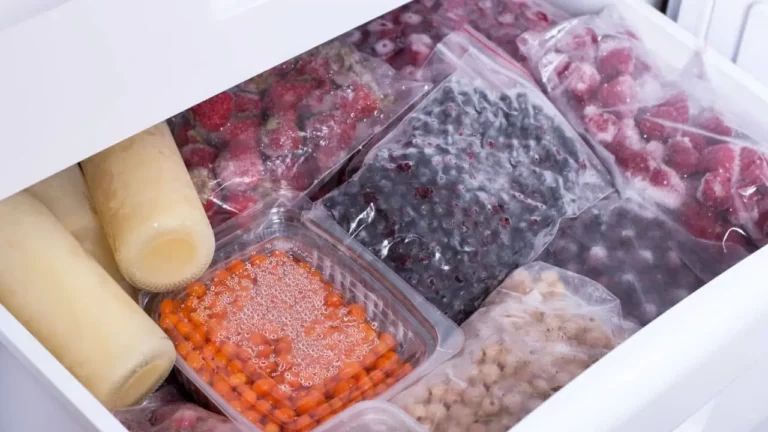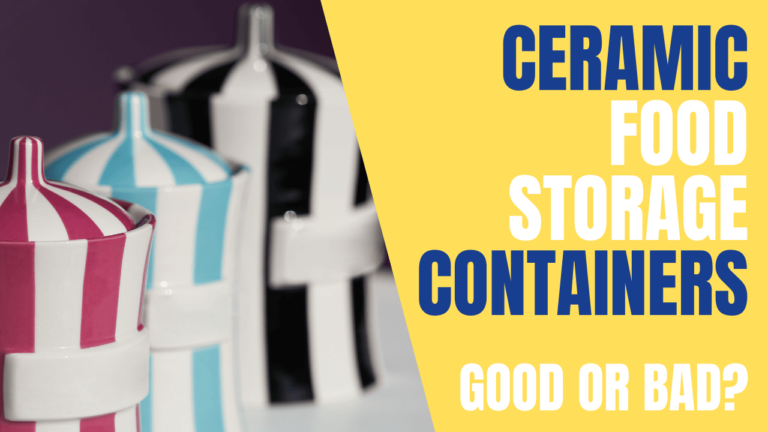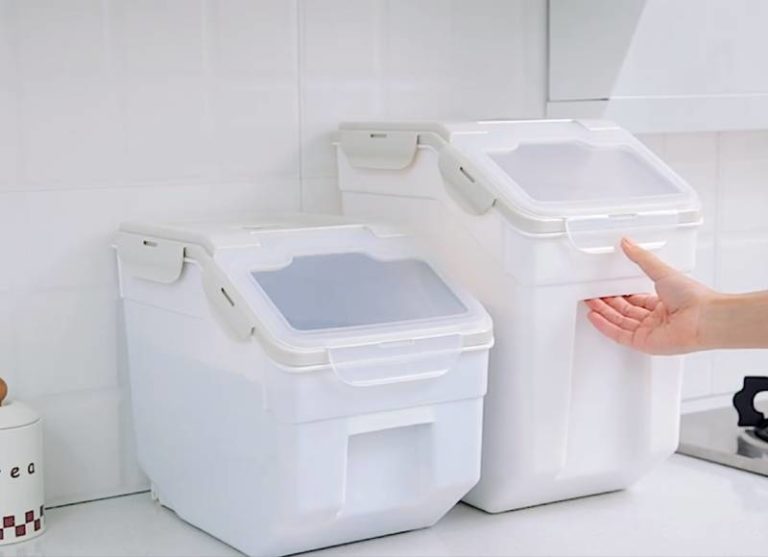Is it Safe to Store Gasoline in Plastic Containers? (Explained)
Gasoline remains a primary commodity that requires safe storage due to its volatile nature. Not doing so can lead to extremely dangerous results such as a leakage causing an explosion. This begs the question, is it safe to store gasoline in plastic containers?
No, it is not safe to store gasoline in ordinary plastic containers because the chemical reactions that gasoline naturally goes through can chemically react with the plastic present inside and cause a leak in the container which may cause an explosion.
I’ve done my homework and have found out the safest ways to store gasoline in my house, alongside a few quick tips and tricks that are extremely helpful for the safety of you and your family. So, read on to also learn about it!
The Dangers of Storing Gasoline in Plastic Containers
Gasoline is a complex concoction of multiple compounds with each having its own chemical properties. Most of the chemicals present in gasoline are volatile.
As gasoline changes, some of these compounds evaporate over time. If these chemicals are not allowed to evaporate, they will then react with whatever material is present within them. Keeping that in mind, most plastics contain plasticizer chemicals that react with plastic containers causing them to crack.
The primary risk or danger of storing gasoline in plastic containers or any unsuitable container is a risk of fire. As mentioned earlier, gasoline is highly combustible and volatile, and when left in a confined space, vapors can be ignited fairly quickly by any stray gas.

The reason why it is so probable for an explosion to happen when gasoline is stored in a generic plastic container is because of the tiny cracks that can form. They may not even be visible to the naked eye. But, if gas can permeate through, it might react with the atmosphere leading to an explosion.
If that doesn’t scare you enough, even a liter of gasoline combusting in an uncontained fashion is enough to blow up an entire garage and cause fatal harm to anyone near it.
Can You Store Gasoline or Diesel Fuel in a Plastic Drum?
Yes, you can store gasoline or diesel fuel in a plastic drum, given that it is made up of HDPE (high-density polyethylene). Contrary to popular belief, most petrol trucks also use large HDPE drums to store industrial goods and liquids including flammable materials like gasoline or diesel fuel.
Before storing your fuel in plastic drums, you’ll need to ensure that your drum is safe for industrial usage and is made from HDPE. However, even if you have a drum made of HDPE, it’ll only be able to hold gasoline for a certain amount of time. This is because the polymers that make up the drum will eventually start reacting with the gasoline causing it to break or become brittle.
In essence, HDPE carries the same inherent properties as a regular plastic container but is dense enough to sustain chemical reactions that may break down a normal container for much longer.
Besides just the duration of storage, extreme temperatures, especially heat, can also cause the chemical reactions to go by faster due to added thermal energy being supplied from the atmosphere.
How To Store Gasoline Properly: the Safer Alternative
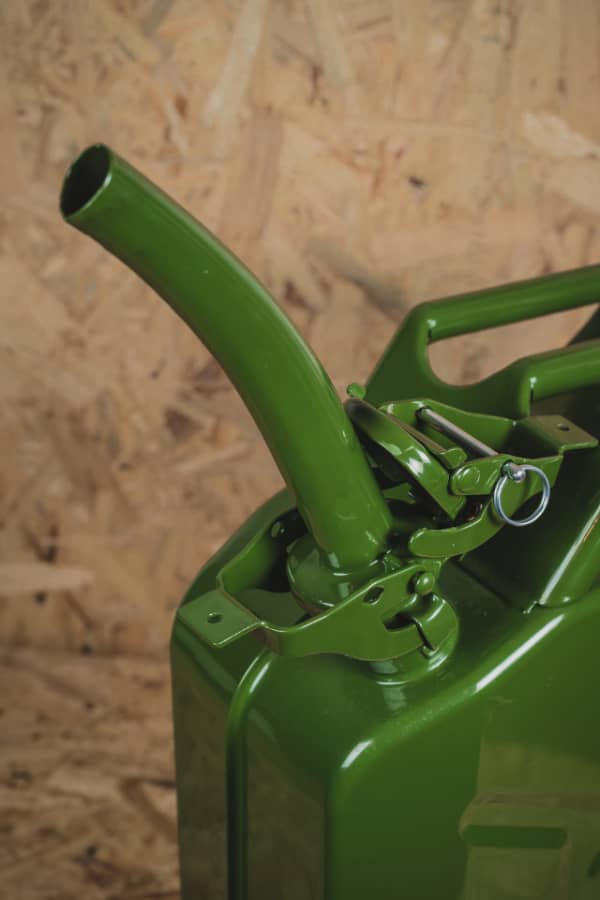
Metal / steel drums are the safest way to store gasoline for longer durations of time. When storing for durations longer than six months, adding a fuel stabilizer helps ensure that gasoline doesn’t go bad once you eventually use it.
As I’ve mentioned earlier, gasoline, over time, begins reacting with the materials present around it and starts evaporating into vapors. Those vapors change the chemical formation of the compound. Once that happens, you won’t be able to use the gasoline in most engines as they’ll be harmful to it when the fuel eventually combusts.
When it comes to using steel drums when storing gasoline, there are not a lot of precautions that you need to take. However, you still need to ensure that the container is kept dry and clean. Moreover, there should not be any water present near the drum as it may cause it to rust and corrode over time.
Besides that, keeping the container away from direct sunlight helps keep it at a stable enough temperature such that the reactions that are inevitably going to take place happen at a much slower rate due to lesser thermal energy.
Where To Store Gasoline At Home?
Gasoline containers should be stored at home in places where they can be kept away from children and pets. Moreover, they should not be placed under direct sunlight and must be in a dry spot where water cannot seep into the container.
Regardless of whether you opt for a plastic or metal container, gasoline is still a highly flammable, volatile, and dangerous liquid that must be handled with care. Therefore, before you add gasoline to your container, ensure that the container is firmly sealed and there is no chance for leakage.
After doing so, I like to keep my containers away from my house in a smaller shed. If you don’t have that luxury though, keep them in a place in your house that stays at room temperature and where children and pets don’t frequent.
Final Thoughts on Where to Store Gasoline and What Type Of Container To Use
A metal container is the easiest way to store gasoline for extended periods of time. However, each has its pros and cons. We’re going to list them for you to read through:
| Metal Container | Plastic Container (HDPE) |
|---|---|
| Might corrode due to water | Will never corrode |
| Can’t sustain high temperatures | Can sustain higher temperatures |
| Quite heavy | Relatively lighter |
| Less durable | More durable |
| Disintegrates after a long while | Suitable for use for not more than 6 months |
The primary reason why I urge you to opt for a metal container instead of a plastic one is the fact that most houses don’t have the proper equipment necessary to check for leaks. Plus, it can be quite a pain to keep changing your plastic container every few months.
Therefore, a metal container, while an eyesore and hard to move around, will ensure that you and your family remain safe even if you don’t check on your container for a few months. The same cannot be said for a plastic container.
Anyway, no matter what decision you take in terms of your purchase; ensure that the container you buy has the appropriate certifications. This begs the question, what are the existing certifications for portable gasoline containers?
Thankfully. I’ve done some digging to answer that question for you:
Plastic Portable Gasoline Container Certifications
OSHA is the primary body that certifies and approves plastic containers for their ability to safely carry combustible liquids. For gasoline, a container must be red in color in order for it to be deemed safe for gasoline storage. For instance, polyethylene (HDPE) containers – colored in red, purchased from a brand that promises OSHA certification are safe to purchase and use.
Metal Portable Gasoline Container Certifications
OSHA is also the regulatory body used to certify metal containers too. Just like plastic, an OSHA-approved metal container must be red in color for it to be deemed safe.
I would not recommend you to purchase any container, be it plastic or metal, that does not adhere to OSHA’s guidelines / isn’t certified*.
* other certifications: Underwriters Laboratories (UL Solutions), Factory Mutual (FM), ASTM.
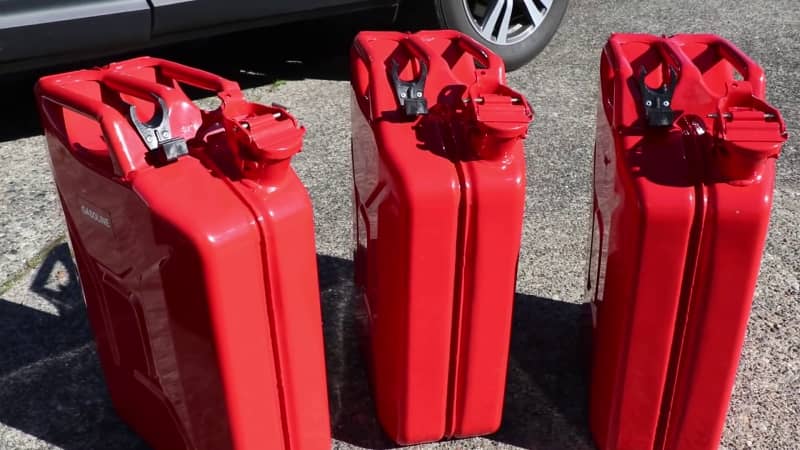
(OSHA compliant → 5L & 10L only!)
Sources


